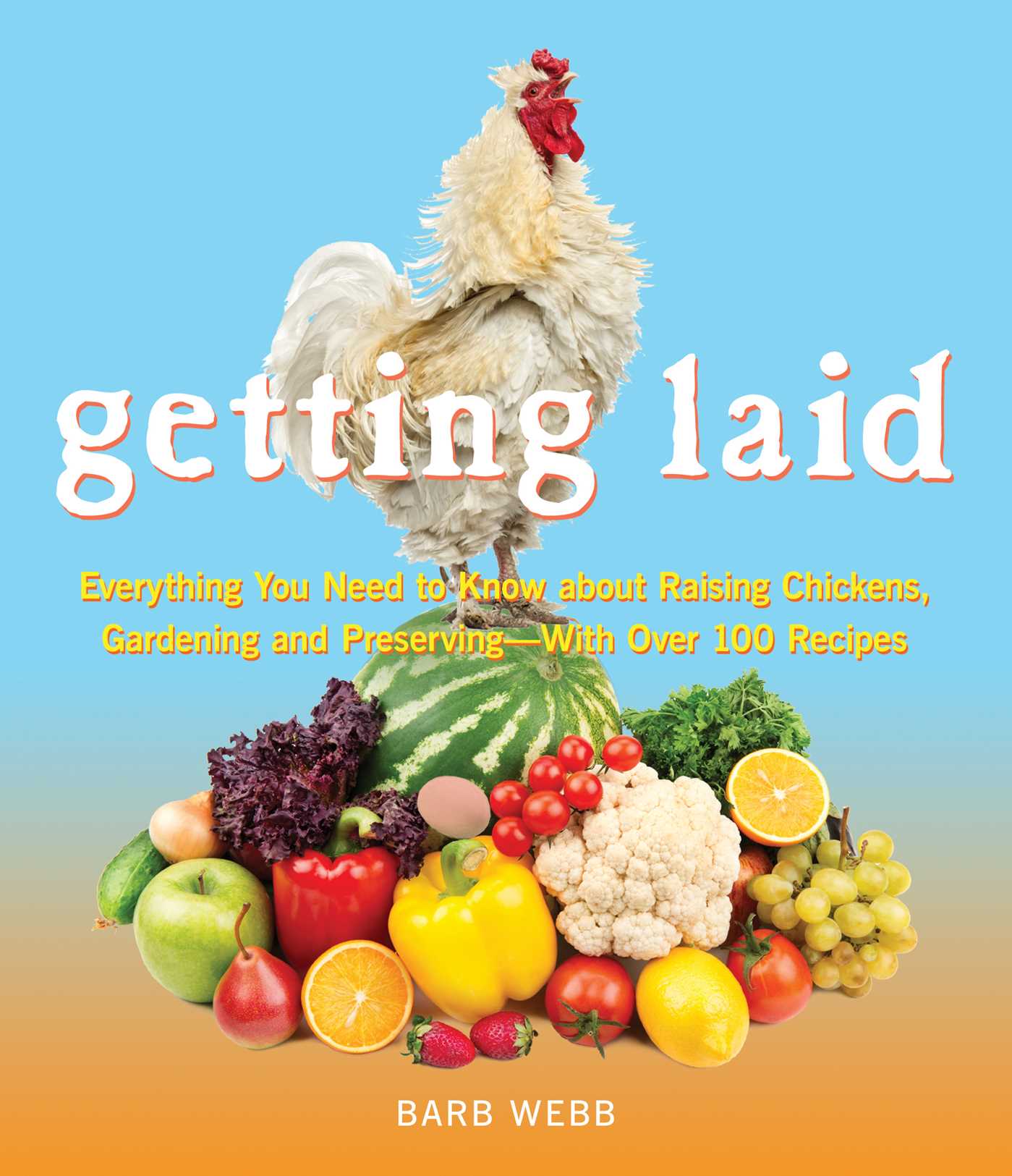You may not have realized you could have a composting system indoors. If a lack of outdoor space has been keeping you from making your own compost, then it need not inhibit you any longer. Here are some options for making and maintaining compost in your home.
The Bin
You will need some kind of container or bin in which to keep your compost while it breaks down. Before you decide on what kind of bin to get or make, you need to figure out where you are going to put it. If you ware composting in the garage, for instance, you can easily use a wooden crate or even a child’s plastic swimming pool. Most people who are engaging in indoor composting, though, are working on a small scale and want the container to be in their kitchen.
If you want the bin on your countertop, consider a ceramic or stainless steel one. Just so long as it has a tight-fitting lid or charcoal filter to control odor, you can keep a nice-looking bin on the counter.
If looks are not an issue, you can simply use any plastic or glass container with a lid. Even plastic storage containers and coffee cans can be used. You can keep a less good-looking bin under the sink if you like.
If it’s within your budget, you can also get a specially-made compost container that is made for indoors. Sometimes they are called “kitchen composters” or simply “indoor composters.” Many of them are made to fit inside cabinet doors.
Worm Bin
If you are going to do indoor composting with worms, you will need to make sure you have an opaque container (worms like it dark) in a warm area (worms need warmth) with some holes (worms need air).
You can make your own with a plastic storage bin and a drill or other means of making some holes in the bin. Worms will make short work of your kitchen scraps, producing “vermicompost” in no time.
What Goes Into Compost?
Once you have decided on a container, it’s time to begin your indoor compost venture. You will be able to use your kitchen scraps and recyclable newspaper in your compost. Here is a partial list of what to avoid putting into your indoor compost bin:
- Meat scraps and/or bones
- Dairy
- Garlic
- Potato peelings
- Heavily sprayed produce
What you should put in your compost includes:
- Tea bags
- Coffee grounds
- Fruit scraps (such as apple cores and banana peels)
- Grains (rice, bread, pasta)
- Legumes
It is not recommended that you use outdoor organic matter such as grass and leaves in your indoor bin.
You can simply toss these scraps in whole, especially if you have a worm bin, or you can blend them in your blender with some water to make a compost “smoothie.” Add shredded newspaper to your smoothie to keep odor down.




Possibly one of the best composters on the market at the moment has to be the Composphere.
It is large, with a capacity of 315 litres, yet at the same time is easily movable with it’s rounded, ball shape, ensuring that you can get your compost to just about any place in your garden with ease.
The rollable nature of the Composhere also helps to ensure your compost is well mixed up and therefore decomposes quicker too. It truly is the perfect composter for those keen gardeners.